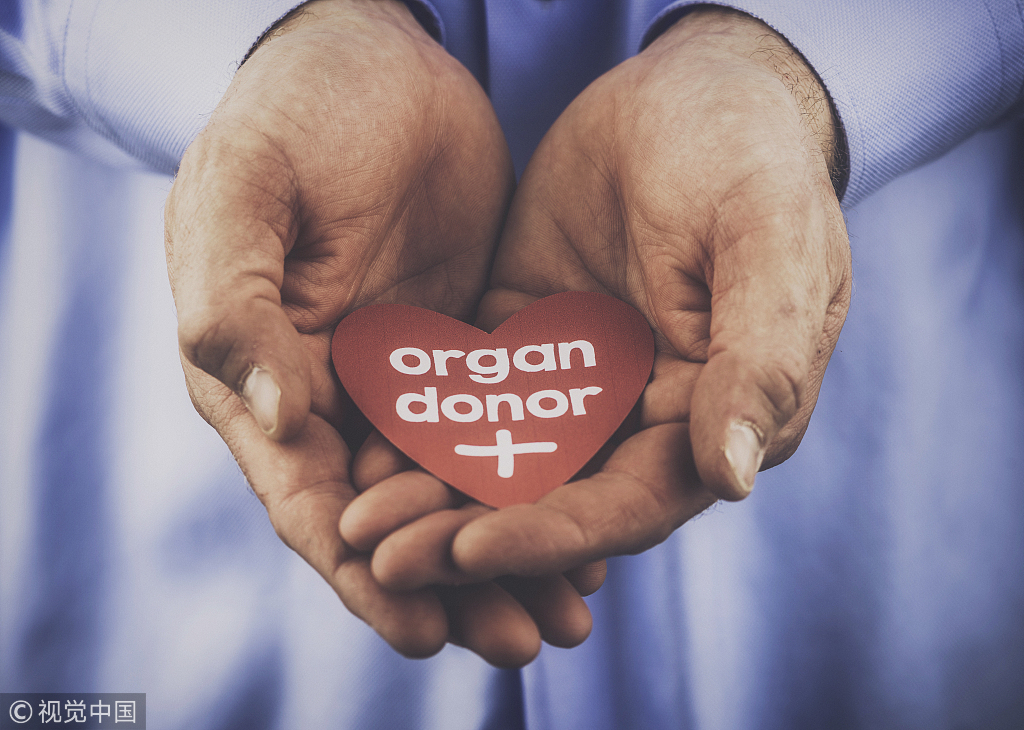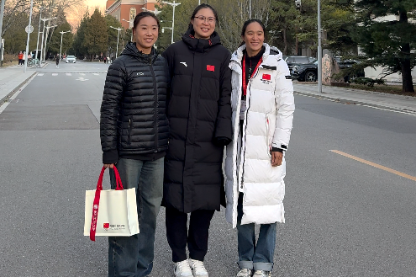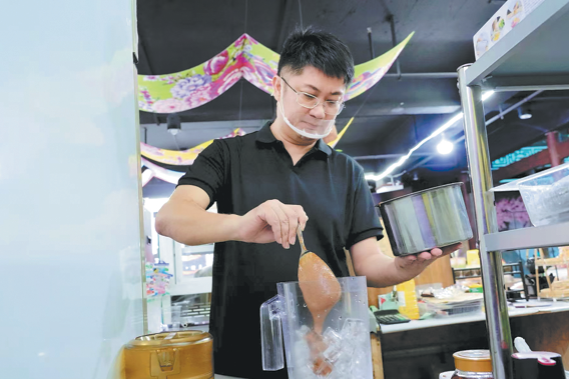China sees more body donors


Zhang Ping, director of department of anatomy and histology at Tianjin Medical University (TMU), said that a growing number of volunteers like Zhao Yonghua had contributed to the increase of body donations in the school.
"Anatomy is a basic medical course. Students can obtain a better understanding of physiology and pathology through practical operations," Zhang said.
The university started receiving willed bodies for medical training in the 1980s. Total donations reached 797, among which 86 were received in 2018.
Li Rui, a senior student at TMU, said she had been deeply touched after visiting the hall that was built by the university in 2002 to display the last words of the body donors.
"I pay tribute to these donors and want to be one like them," Li said.
Figures from the Red Cross Society of China Tianjin branch show that a total of 827 body donations, 908 organ donations and 456 cornea donations had been completed as of March 2019.
In Beijing, more than 2,600 donated bodies have been used for medical research and education since the city launched body donation registry in 1999.
Liu Wenhua, an employee with the Red Cross Society of China Nanjing branch, said more than 2,000 donations have been received so far in Nanjing, capital of Jiangsu Province.
China's body donation rate rose from 0.03 to 4.53 donors per million in the past decade, with the number of registered body and organ donors exceeding 1.16 million by the end of March, according to the China Organ Donation Administrative Center.
- Avalanche in Xinjiang leaves one dead
- Research ward at children's hospital in Shanghai treats over 200 patients with rare diseases
- Chongqing symposium examines planning cities around sound, smell, touch
- Former Qingdao legislature chief under investigation
- Former Xinjiang prosecutor Guo Lianshan under investigation
- Shandong and SCO discuss trade, investment and supply chain cooperation





































